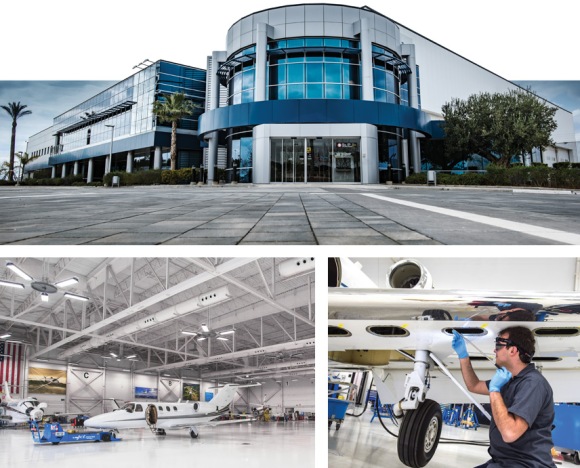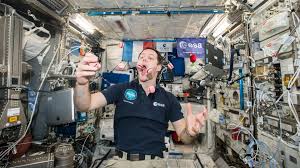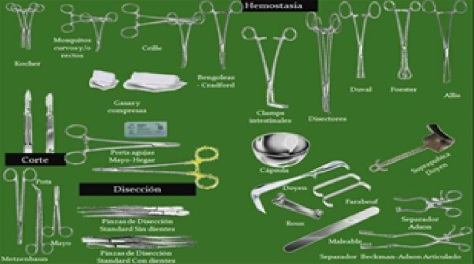Good morning! Today I want to talk you about the automation systems you can find in Ford motor company, or at least, the two more interesting systems, in my opinion, while managing a big storage as Ford in Almussafes, Valencia.

All my family has been working at Ford for more than 40 years, so I am a kind of a Ford child, so that’s the reason why I’m always driving Ford cars, for those of you who have seen my car, or past cars.
When I was 16 I was offered the opportunity to do an internship at Ford during the summer break, from June to the beginning of August. It wasn’t the type of internship you do during your university studies, but a kind of internship to understand how the company of our parents was working. It was 2009, I was young and I didn’t know much about life( as now), so I was amazed by the robots and all the technology of Ford but something that surprised me the most was the warehouse where they used to have the smaller parts (like screws, nuts…). They had it automatized as in this video, but in the biggest place you can imagine and with more than 8 different robots that were supplying different desk that then were trasportedthis parts to the different plants where the assembly was made.
I’ve been trying to look for their system now, but there isn’t much information about it, nevertheless, I have found an interesting system that is working in the engines plant to manage the warehouse and make the inventory of the different engine parts.
Here you can see how all the work is developed by robots that, completely alone, manage the storage:
As always, let me know if you want to share something or if you liked it.









